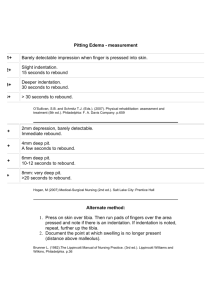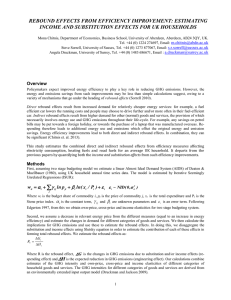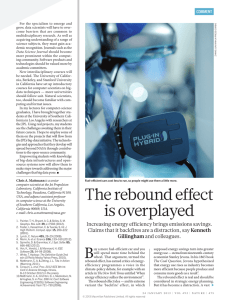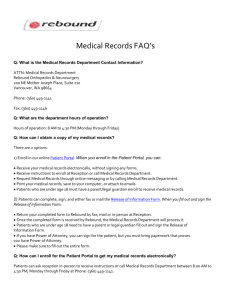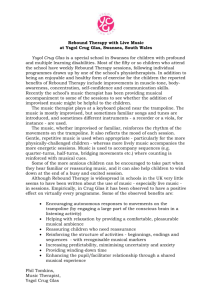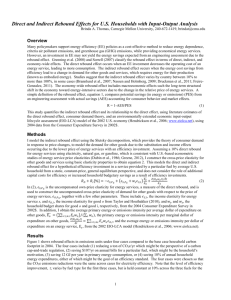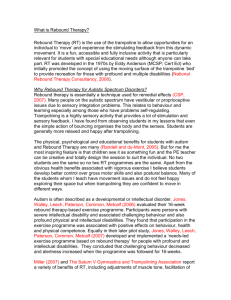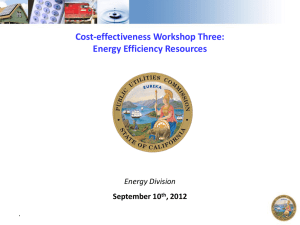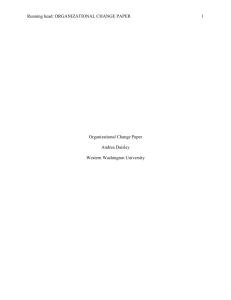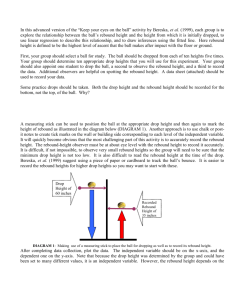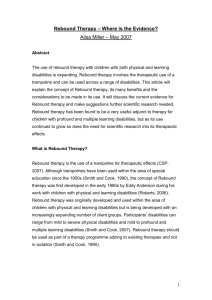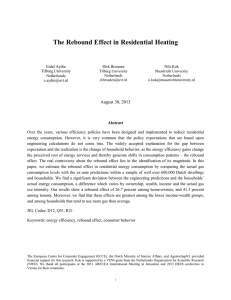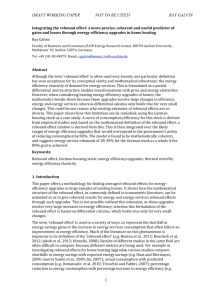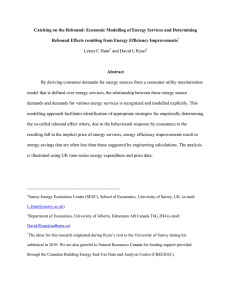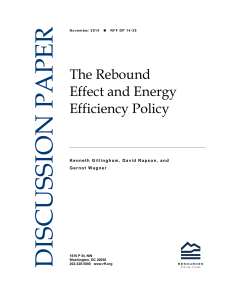Direct and Indirect Rebound Effects for the U.S. Household with
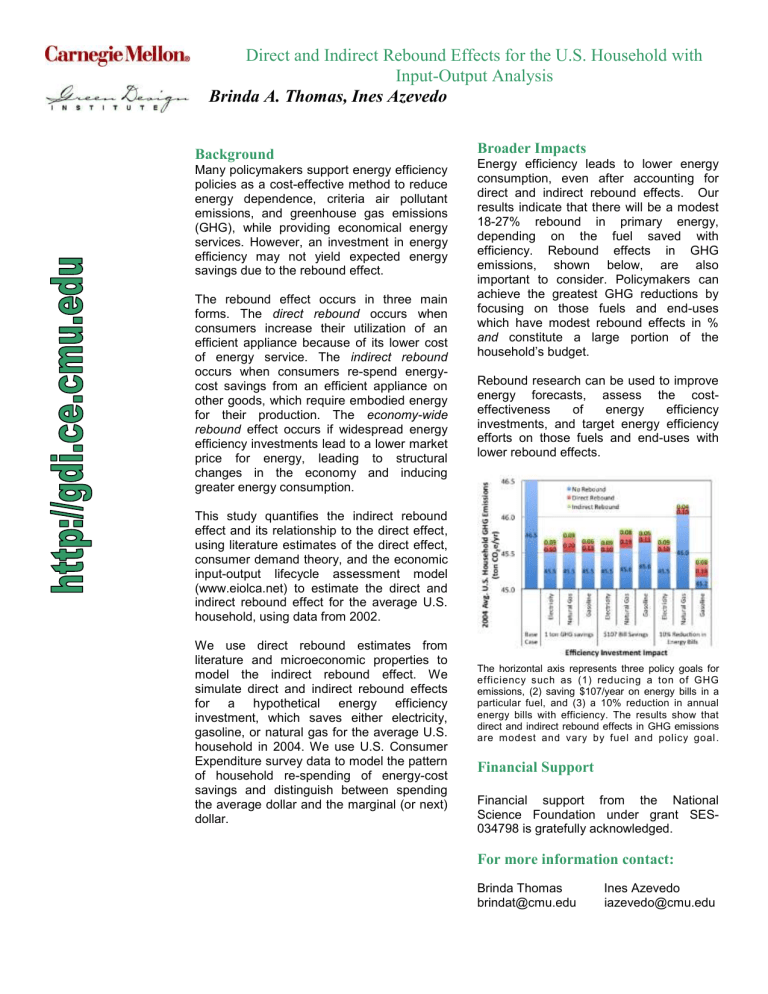
Direct and Indirect Rebound Effects for the U.S. Household with
Input-Output Analysis
Brinda A. Thomas, Ines Azevedo
Background
Many policymakers support energy efficiency policies as a cost-effective method to reduce energy dependence, criteria air pollutant emissions, and greenhouse gas emissions
(GHG), while providing economical energy services. However, an investment in energy efficiency may not yield expected energy savings due to the rebound effect.
The rebound effect occurs in three main forms. The direct rebound occurs when consumers increase their utilization of an efficient appliance because of its lower cost of energy service. The indirect rebound occurs when consumers re-spend energycost savings from an efficient appliance on other goods, which require embodied energy for their production. The economy-wide rebound effect occurs if widespread energy efficiency investments lead to a lower market price for energy, leading to structural changes in the economy and inducing greater energy consumption.
This study quantifies the indirect rebound effect and its relationship to the direct effect, using literature estimates of the direct effect, consumer demand theory, and the economic input-output lifecycle assessment model
(www.eiolca.net) to estimate the direct and indirect rebound effect for the average U.S. household, using data from 2002.
We use direct rebound estimates from literature and microeconomic properties to model the indirect rebound effect. We simulate direct and indirect rebound effects for a hypothetical energy efficiency investment, which saves either electricity, gasoline, or natural gas for the average U.S. household in 2004. We use U.S. Consumer
Expenditure survey data to model the pattern of household re-spending of energy-cost savings and distinguish between spending the average dollar and the marginal (or next) dollar.
Broader Impacts
Energy efficiency leads to lower energy consumption, even after accounting for direct and indirect rebound effects. Our results indicate that there will be a modest
18-27% rebound in primary energy, depending on the fuel saved with efficiency. Rebound effects in GHG emissions, shown below, are also important to consider. Policymakers can achieve the greatest GHG reductions by focusing on those fuels and end-uses which have modest rebound effects in % and constitute a large portion of the household’s budget.
Rebound research can be used to improve energy forecasts, assess the costeffectiveness of energy efficiency investments, and target energy efficiency efforts on those fuels and end-uses with lower rebound effects.
The horizontal axis represents three policy goals for efficiency such as (1) reducing a ton of GHG emissions, (2) saving $107/year on energy bills in a particular fuel, and (3) a 10% reduction in annual energy bills with efficiency. The results show that direct and indirect rebound effects in GHG emissions are modest and vary by fuel and policy goal .
Financial Support
Financial support from the National
Science Foundation under grant SES-
034798 is gratefully acknowledged.
For more information contact:
Brinda Thomas Ines Azevedo brindat@cmu.edu iazevedo@cmu.edu


